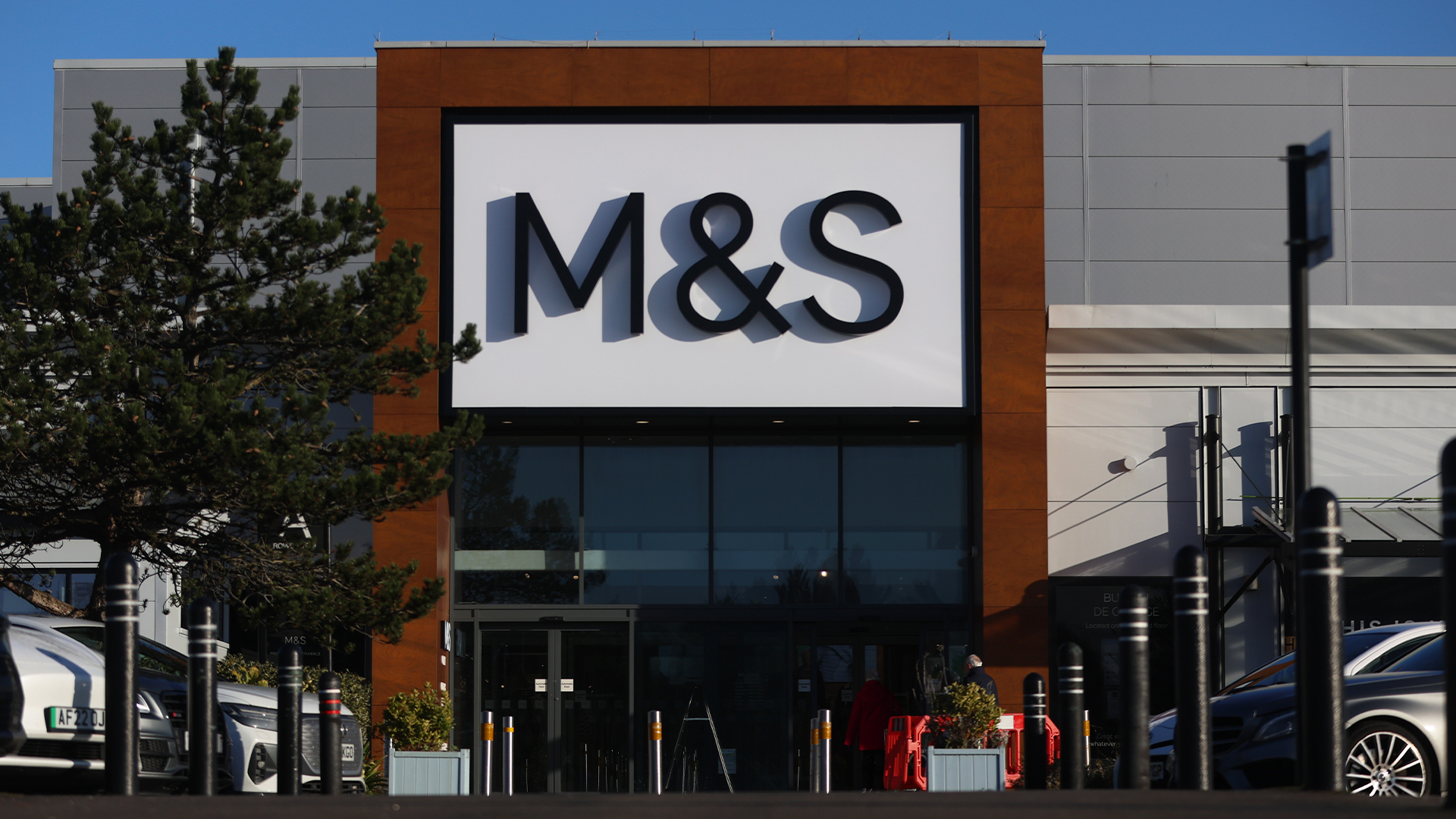What is a mixture of experts model?
Mixture of experts (MoE) models improve AI efficiency and will play a key role in scalable, cost-effective AI systems


AI continues to evolve, with researchers and companies exploring new techniques to improve efficiency and accuracy. The mixture of experts (MoE) model is one of the most promising approaches.
An MoE consists of multiple specialized sub-models trained on distinct aspects of a problem. Instead of processing every user input using the entirety of a monolithic model, like processing every individual question with a large language model (LLM), an MoE selectively activates only the most relevant 'expert' sub-model within its parameters to tackle the problem.
As a result, MoE models offer greater efficiency and scalability. For every input, a gating network determines which expert best suits the problem.
"MoE models are typically more efficient and will approximate dense models in their accuracy, making them strong contenders in the AI landscape," explains Michael Marchuk, VP of Strategic Advisory at SS&C Blue Prism. "Their primary advantage comes from their ability to segment off parts of the model that don't need to be used for a particular query, significantly reducing compute costs while keeping all parameters available in memory."
This selective activation process provides several advantages:
- Higher accuracy: Each expert is specialized, improving the model's ability to handle complex queries.
- Computational efficiency: Since only a fraction of the total parameters are used per query, processing speed improves.
- Lower operational costs: Reducing unnecessary computation helps lower inference costs, making MoE a cost-effective alternative to traditional models.
However, deploying an MoE model is not always straightforward. Marchuk emphasizes that while operational expenses (OpEx) may be reduced, capital expenditures (CapEx) can be high due to the infrastructure needed to support the model's complexity.
The challenge of routing and infrastructure requirements
One critical challenge in MoE models is ensuring that the gating network efficiently selects the best experts. This routing mechanism is crucial in determining the model's application and scalability.
Get the ITPro daily newsletter
Sign up today and you will receive a free copy of our Future Focus 2025 report - the leading guidance on AI, cybersecurity and other IT challenges as per 700+ senior executives
"Routing mechanisms within the MoE architecture resemble the evolution of data networks," Marchuk tells ITPro. "Early networks broadcast to all devices on a single network, consuming significant bandwidth. Similarly, MoE routing is still evolving, with architectures like DeepSpeed improving workload distribution across compute layers."
Innovations in MoE routing include:
- Hash-based token distribution: More precise allocation of tasks to experts.
- Switch transformers: Scaling MoE models efficiently up to trillions of parameters.
- DeepSpeed: A tool designed to balance workload across multiple experts efficiently.
However, these routing mechanisms introduce their own complexities:
"Deploying MoE models at scale presents operational challenges, but a strong data management strategy can help mitigate them," says Sidd Rajagopal, chief architect for EMEA and LATAM at Informatica.
"First, by leveraging the right chunking and embedding strategy and integrating the right trusted data to a vector database, operational overheads such as performance and compute can be significantly managed. Second, proper process orchestration means that the right sub-processes can leverage the right expert networks, allowing results to cascade efficiently to operational and analytical applications."
Training and deployment challenges in MoE models
MoE models offer scalability but introduce new difficulties in training and deployment. One key issue is expert collapse, where some experts dominate the workload while others remain underutilized. This may result in inefficiencies and a decrease in overall performance.
Shaun Geer, head of Web3 Transformation at open source network The Lifted Initiative, emphasizes that strategies to mitigate this include dynamic gating mechanisms and loss-free balancing techniques.
"Reinforcement learning allows for fine-tuning on the spot and is almost always useful in the refinement of a response," he says. "Adding a bit of noise to expert gating also reduces expert collapse. These differ from dense model training in that fine tuning can be placed in the gating mechanism, rather than the actual experts."
Training an MoE model also requires careful load balancing. If specific experts are overused, they can become bottlenecks, slowing down the system. To address this, researchers are experimenting with methods such as token shuffling, in which workloads are distributed evenly across experts and reinforcement learning-based routing, in which experts are dynamically activated and deactivated in real-time to suit the needs of the moment.
Researchers are also exploring quantization techniques, the use of low-precision data types for model 'weights' – the parameters the MoE uses – to reduce memory and compute demand.
This is because deployment at scale presents additional operational hurdles. But with the right approach and up-front work and investment, enterprises can make their systems far more efficient with MoE models. As Peter van der Putten, lead AI scientist at Pegasystems, points out: "MoE models don't necessarily have higher operational costs. The whole point is that for models of the same total size, MoE networks are more efficient to train and execute."
The future of MoE: Dominant paradigm or hybrid approach?
As MoE adoption grows, experts debate whether it will become the dominant AI paradigm or if hybrid models – combining MoE with traditional dense models – will emerge as the preferred solution. Marchuk believes that hybrid approaches will likely prevail. "While MoE architectures are set to play a key role in large-scale AI due to their efficiency and scalability, hybrid approaches may prove more practical," he tells ITPro.
Geer agrees, saying he sees MoE as part of a more significant trend towards task-specific AI models. "MoE is basically a way to use a large number of small systems. This trend of LLM specificity will likely continue, as it allows for good results with a fraction of the computational (and energetic) costs," he explains.
While MoE offers a compelling alternative to traditional AI models, accessibility remains a concern. Smaller companies may struggle to adopt MoE due to the high infrastructure requirements. However, as Marchuk notes, "Open source MoE models are already making an impact, as seen in the vast number of libraries available on Hugging Face. These models enable individuals and small organizations to explore the latest MoE architectures."
Looking ahead, decentralized computing networks could further reduce MoE's reliance on centralized AI infrastructure, making it more accessible to smaller organizations. If these advancements continue, MoE could become a key element of the next generation of AI architectures, providing a scalable and cost-efficient method for artificial intelligence.
The future of MoE models will likely see ongoing innovation in gating mechanisms, routing efficiency, and hardware acceleration. More sophisticated techniques, such as dynamic load balancing and adaptive expert activation, could improve efficiency while lowering infrastructure costs. Additionally, as quantization and model distillation techniques advance, they may make MoE more accessible to smaller enterprises, reducing the need for extensive computing resources.
But enterprises "The primary advantage of MoE is the efficiency that comes from using a small subset of the overall model's parameters. However, gating, balancing expert specialization, and mixing add complexities that risk decreasing accuracy in the pursuit of efficiency."
Additionally, hybrid architectures that combine MoE with dense transformer-based models could offer an optimal balance of cost, performance, and accuracy. Open-source frameworks will also play a vital role in democratizing MoE adoption, enabling smaller research teams to explore this approach without requiring substantial financial resources.
As AI continues to evolve, MoE's flexibility and efficiency make it an appealing option for large-scale AI applications. While challenges persist, advancements in hardware infrastructure, AI training methodologies, and distributed computing will shape MoE's trajectory, positioning it as a fundamental element of future AI systems.
David Howell is a freelance writer, journalist, broadcaster and content creator helping enterprises communicate.
Focussing on business and technology, he has a particular interest in how enterprises are using technology to connect with their customers using AI, VR and mobile innovation.
His work over the past 30 years has appeared in the national press and a diverse range of business and technology publications. You can follow David on LinkedIn.
-
 M&S suspends online sales as 'cyber incident' continues
M&S suspends online sales as 'cyber incident' continuesNews Marks & Spencer (M&S) has informed customers that all online and app sales have been suspended as the high street retailer battles a ‘cyber incident’.
By Ross Kelly
-
 Manners cost nothing, unless you’re using ChatGPT
Manners cost nothing, unless you’re using ChatGPTOpinion Polite users are costing OpenAI millions of dollars each year – but Ps and Qs are a small dent in what ChatGPT could cost the planet
By Ross Kelly